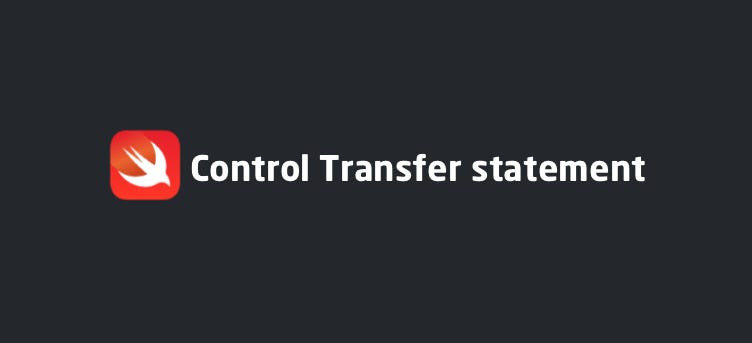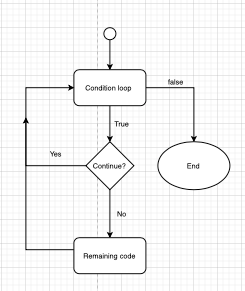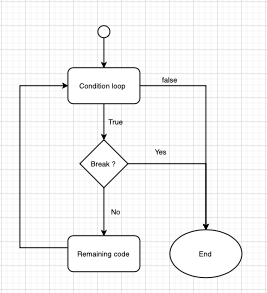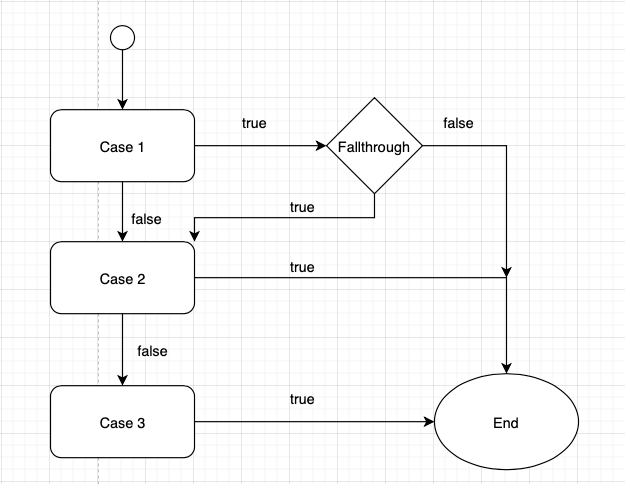
In this article, we will look at the continue, break, fallthrough keywords in swift
Continue: A continue statement ends program execution of the current iteration of a loop statement and move to next iteration.
Ex: Increment the values of odd number in the array
func increment(array: [Int]) -> [Int] { var output: [Int] = []
for number in array {
///Check if value is even
if number % 2 == 0 {
///number append to output array and move to next iteration
output.append(number)
continue
}
///This statement is skipped for even number
output.append(number + 1)
}
return output
}
 swiftnil.com: Continue statement
swiftnil.com: Continue statement
-————————- Input: increment(array: [1,2,3,4,5,6,7,8]) Output: [2, 2, 4, 4, 6, 6, 8, 8]
Break: The Break statement exit the execution of an entire control flow immediately.
Ex: Increment the values the array until value is `n`
func increment(array: [Int], until: Int) -> [Int] { var output: [Int] = []
for number in array { if number == until { break } output.append(number + 1) } return output }
 swiftnil.com: Break statement
swiftnil.com: Break statement
-————————- Input: increment(array: [1,2,3,4,5,6,7,8], until: 5) Output: [2, 3, 4, 5]
Fallthrough: In Swift, switch statements exist the execution as soon as case is matched so, fallthrough is used to continue to next case even after the case is matched
var index = 10
switch index { case 100 : print( “Value of index is 100”) fallthrough case 10,15 : print( “Value of index is either 10 or 15”) fallthrough case 5 : print( “Value of index is 5”) default : print( “default case”) }
 swiftnil.com: Fallthrough statement
swiftnil.com: Fallthrough statement
Reference
https://docs.swift.org/swift-book/LanguageGuide/ControlFlow.html